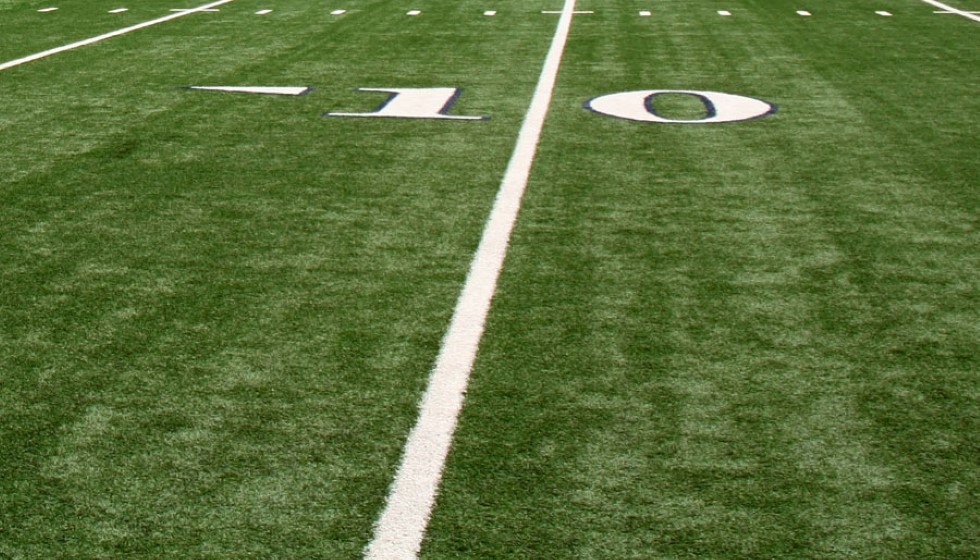
In the ever-evolving world of the National Football League (NFL), the safety of players remains a paramount concern. The 2024 season marks a significant step forward in this ongoing effort, with the introduction of more position-specific helmet models. This development is the result of collaborative work between the NFL and the National Football League Players Association (NFLPA), highlighting their commitment to enhancing player protection through innovative technology.
Diverse Needs Across Positions
The roles of NFL players on the field come with distinct physical demands and risks. Recognizing this, the push for specialized helmets is aimed at catering to the unique needs of different positions. Quarterbacks, for example, require helmets that not only protect them from the high-impact hits typical of the game but also maximize their field of vision. On the other side of the line, linemen face repetitive impacts, necessitating helmets designed to absorb blows and reduce head and neck strain over time.
Currently, the market boasts about eight top-rated helmets expressly designed for quarterbacks and linemen. These helmets stand out because they specifically address the occupational hazards of the positions. For quarterbacks, the focus is on ensuring visibility and protection against significant impacts, characteristics essential for peak performance. Linemen’s helmets, meanwhile, are built to withstand the constant, high-force collisions they endure every game.
Technological Innovations in Helmet Design
One of the highlights in helmet technology is Riddell's Axiom 3D model, which exemplifies the advanced engineering and design efforts aimed at keeping players safe. The interest in these specialized helmets is growing, with a notable push for their use among linemen, a group that particularly stands to benefit from the advances in protective gear.
The momentum for specialized helmets gained further attention following an incident involving Patrick Mahomes. The inquiry into the incident has sparked a broader conversation about helmet safety and the need for continuous improvement in this area. Reflecting this commitment to player health, specialized helmets for linemen were approved in 2022, while quarterbacks received their versions in 2023. This timeline underscores the ongoing nature of research and development in reducing head injuries among NFL players.
Embracing the Future of Player Safety
The trend towards position-specific helmets is expected to expand, with increasing numbers of players likely to adopt this new standard in headgear. The drive towards minimizing the risk of injuries and ensuring players can enjoy longer, healthier careers is at the heart of this shift. As Jeff Miller, NFL executive vice president for health and safety, points out, while the adoption of these helmets is a promising start, there's considerable potential for wider use, particularly among linemen.
As technology continues to advance, the future may see more helmets designed for other specific roles on the field, such as wide receivers and running backs. These positions also face unique challenges and risks, which could be mitigated with gear tailored to their specific needs.
The overarching goal of these efforts is to minimize injury risk across the board, ensuring that players have every possible advantage in protecting themselves from the inherent dangers of the game. Through continuous research and collaboration, the NFL and NFLPA are demonstrating a strong commitment to player safety, setting new standards for protective sports equipment. The push towards position-specific helmets is just one aspect of a much larger endeavor to keep the sport we love both thrilling and safe for its players.
In sum, the introduction of more position-specific helmet models represents a significant leap forward in player safety, driven by a deep understanding of the diverse needs across different positions on the field. As technological advancements pave the way for the development of even more effective helmets, the NFL community remains hopeful that these innovations will contribute substantially to reducing head injuries and fostering a safer playing environment. With a shared goal of minimizing injury risk and ensuring sustainable careers for players, the future of football looks both exciting and secure.